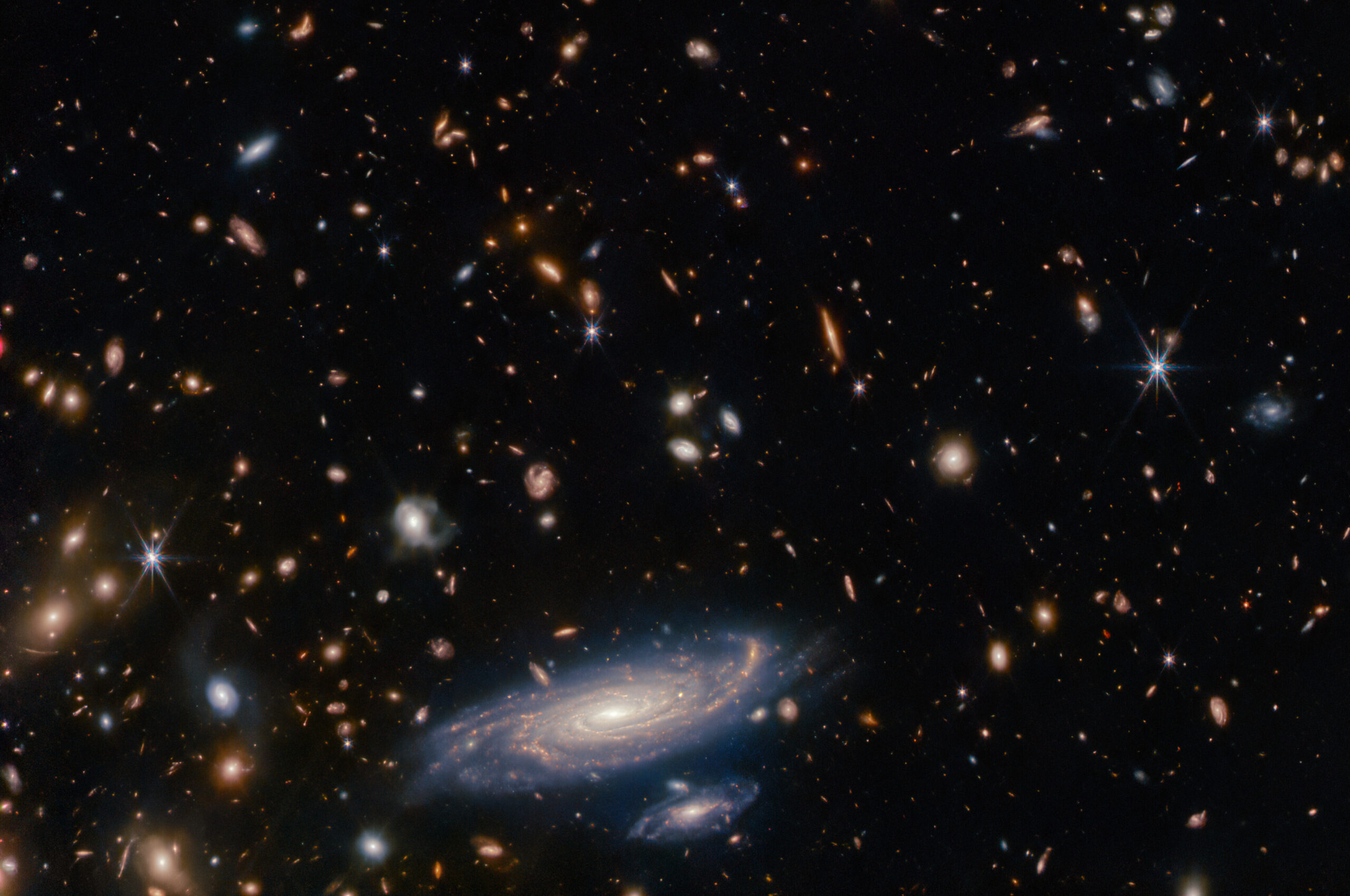Listed are all scientific papers resulting from an ISSI activity written or co-authored by ISSI Team members, Working Group members, Workshop participants, visitors or staff members.
Context. Analyzing extended emission in photometric observations of star-forming regions requires maps free from compact foreground, embedded, and background sources, which can interfere with various techniques used to characterize the interstellar medium. Within the framework of the NEMESIS project, we applied machine-learning techniques to improve our understanding of the star formation timescales, which involves the unbiased analysis of the extended emission in these regions. Aims.
Accurate quantification of regional ocean mass changes is crucial for coastal communities to formulate effective management strategies. The regional ocean mass budget comprises the barystatic component driven by terrestrial water and ice mass changes, and ocean mass redistribution resulting from non‐tidal oceanic and atmospheric (Nt‐OcnAtm), the latter being zero in the global mean.
An International Space Science Institute (ISSI) workshop was convened to assess recent rapid advances in studies of magnetic reconnection made possible by the NASA Magnetospheric Multiscale (MMS) mission and to place them in context with concurrent advances in solar physics by the Parker Solar Probe, astrophysics, planetary science and laboratory plasma physics.
Context. Changes in the rotational period observed in various magnetized accreting sources are generally attributed to the interaction between the infalling plasma and the large-scale magnetic field of the accretor. A number of models have been proposed to link these changes to the mass accretion rate, based on different assumptions on the relevant physical processes and system parameters.
We present the PANORAMIC survey, a pure parallel extragalactic imaging program with JWST/NIRCam observed during Cycle 1. The survey obtained ∼530 square arcmin of NIRCam imaging from 1–5 μm, totaling ∼192 hr of science integration time. This represents the largest on-sky time investment of any Cycle 1 GO extragalactic NIRCam imaging program by nearly a factor of 2.
Understanding the processes that transform star-forming galaxies into quiescent ones is key to unravelling the role of environment in galaxy evolution.
Aims. Observations and simulations of coronal rain show that as cold and dense plasma falls through the corona, it initially undergoes acceleration by gravity before the downward velocity saturates. Simulations have shown the emergence of an unexpected relation between the terminal velocity of the rain and density ratio that has not been explained. Our aim is to explain this relation. Methods.
Citizen science (also referred to as participatory science or community science), in which members of the general public contribute to scientific research, is not a new concept, as early examples of such studies can be found a couple of centuries ago. With the advancement of technology in an increasingly connected world, it has never been easier to engage citizen scientists in research projects.
The ionosphere-thermosphere (IT) is a convergence point of energy and processes that interconnect Earth’s atmosphere with space. Processes generated by terrestrial weather in the lower atmosphere (i.e., troposphere and stratosphere, altitudes less than ~ 50 km) are recognized by the scientific community as sources of variability in both the structure and composition of the IT.
From late October to early November 2003, one of the strongest recorded geomagnetic storms occurred due to heightened solar activity. Three ground‐level enhancement events (GLEs) took place during this period, GLE 65, 66, and 67, known as the Halloween events.
